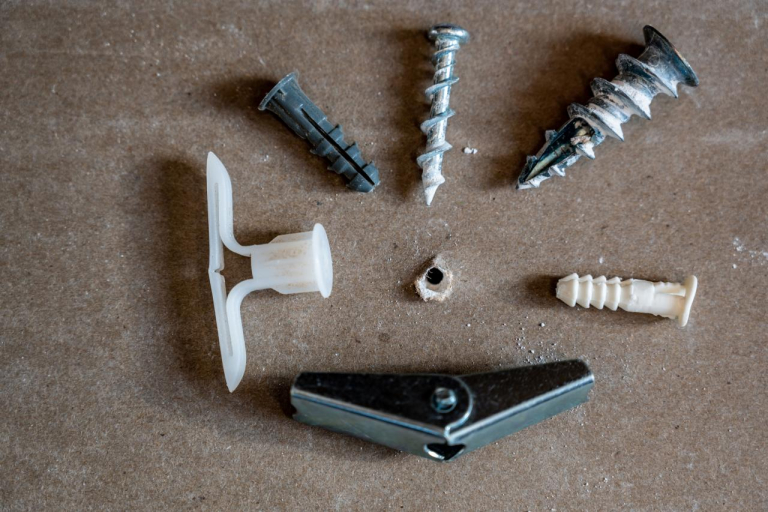How to Improve Energy Efficiency through Commercial Building Repairs
In today’s world, businesses and commercial entities are looking for ways to reduce operating costs and promote sustainability. One of the most effective ways to achieve this is by improving energy efficiency through commercial building repairs. In this article, we will discuss the common energy losses in commercial buildings, strategies for improving energy efficiency, and their benefits.
Common energy losses in commercial buildings
HVAC systems
HVAC systems are typically the largest energy consumers in commercial buildings, and poor maintenance can lead to significant energy losses. Dirty filters, clogged ducts, and aging equipment can result in poor airflow, which elevates energy usage.
Insulation and air sealing
Inefficient insulation and poor air sealing can result in significant energy losses. Heat escape during the winter and cooling loss during the summer increase energy use, as HVAC systems have to work harder to maintain the ideal temperature in a building.
Lighting
Lighting can account for up to 35% of a commercial building’s energy consumption. Older lighting installations are less efficient, producing more heat while consuming more energy.
Strategies for improving energy efficiency in commercial buildings
Regular maintenance and tune-ups of HVAC systems
The maintenance and tune-up of HVAC systems are essential for optimal performance and energy efficiency. Regular check-ups can detect inefficiencies, such as dirty filters, and ensure the system is running smoothly.
Upgrading to high-efficiency equipment
Upgrading to high-efficiency equipment can substantially reduce energy consumption. Such equipment is designed to consume less energy while providing optimal performance.
Adding insulation and air sealing
By adding insulation and air sealing, commercial buildings can reduce energy consumption by up to 30%. It reduces heat transfer through walls and roofs, minimizing the workload of your HVAC system.
Replacing inefficient lighting with LED lights
LED lights use less energy and have a longer lifespan compared to older lighting technologies. Though the initial cost may be higher, replacing old inefficient lighting with LED lights eventually results in significant energy and cost savings.
The benefits of improving energy efficiency in commercial buildings
Improving energy efficiency in commercial buildings can result in various benefits. Such benefits include:
- Reduced energy bills
- Improved comfort
- Extended equipment lifespan
- Improved environmental sustainability
- Improved indoor air quality
Case studies of successful energy efficiency improvements in commercial buildings
Several companies have embarked on successful energy-saving projects. For example, the Empire State Building completed an ambitious retrofit to improve energy efficiency, resulting in an energy reduction of 38%. Similarly, Mazda improved energy efficiency in their Auto plant by 70% by implementing lighting upgrades.
To read more about this topic, check out previous blog post at The Future of Commercial Building Repairs: Trends and Innovations
For more general information on building then please visit: https://www.building.vic.gov.au/
Improving energy efficiency through commercial building repairs is a critical aspect of enhancing facilities’ sustainability and reducing operating costs. HVAC systems are significant energy consumers, and regular maintenance and tune-up of the system can result in significant energy savings. The installation of high-efficiency equipment, insulation and air sealing, and LED lighting upgrades can lead to substantial energy reduction. Finally, improved energy efficiency translates to various benefits, including cost savings and environmental sustainability.







